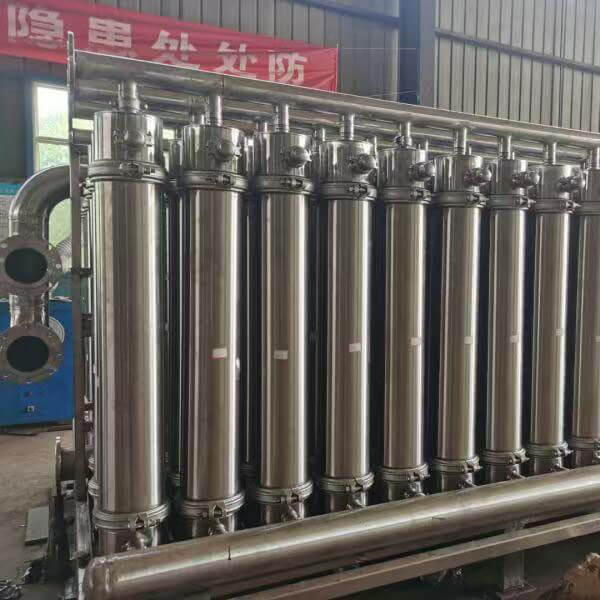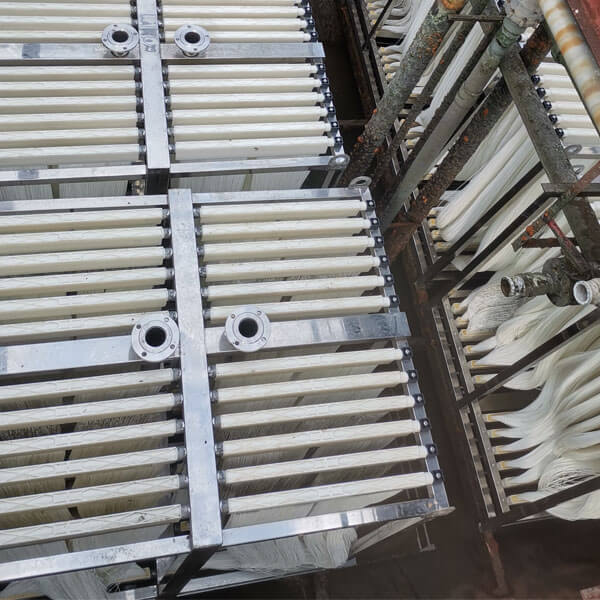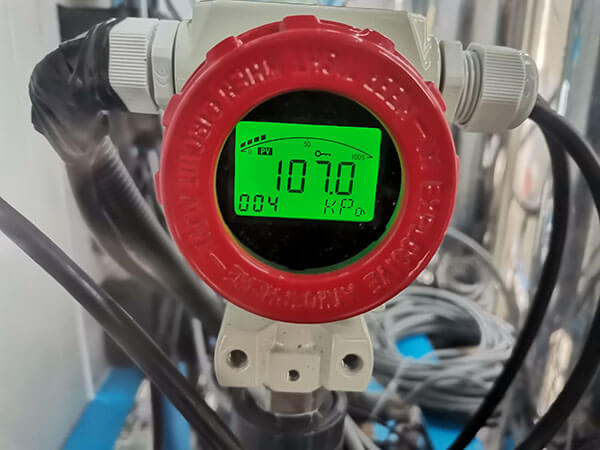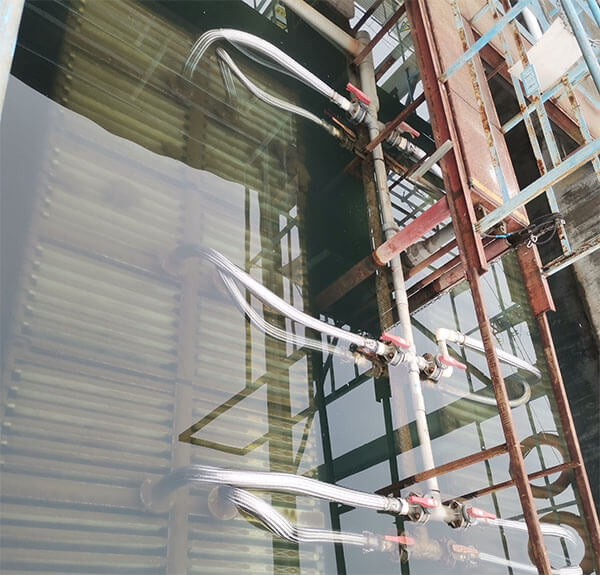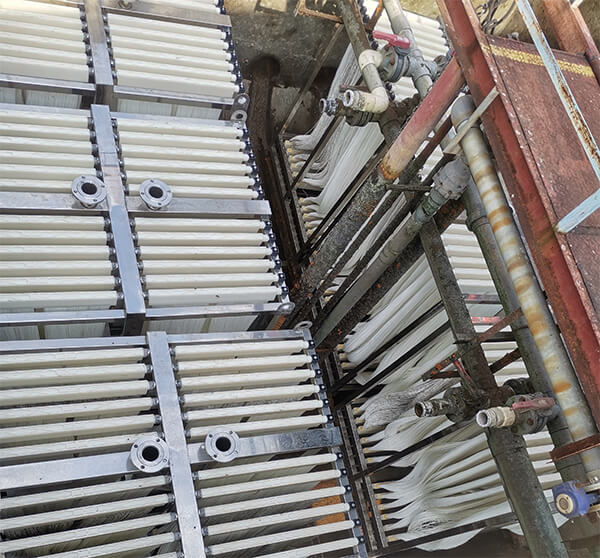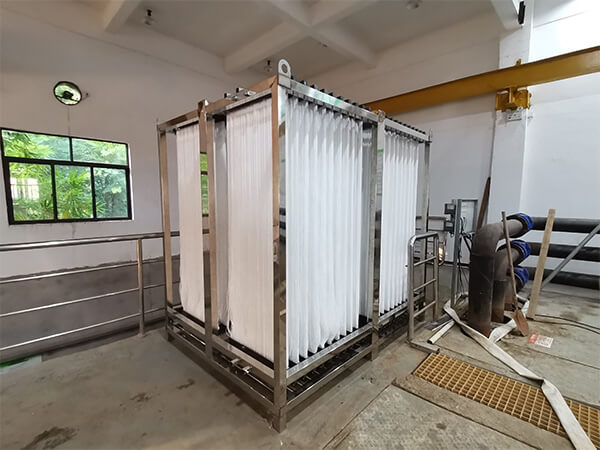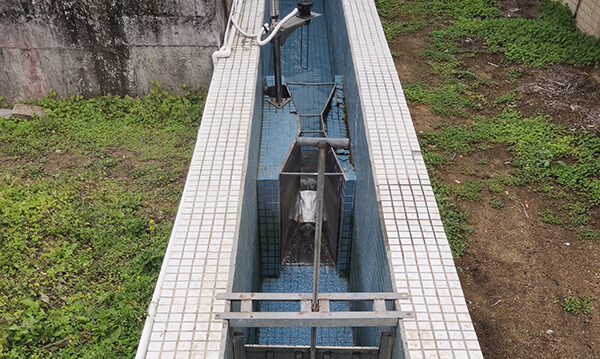What types of membrane modules are used in MBR membrane processes?
What types of membrane modules are used in MBR membrane processes? The membrane module in an MBR membrane process is the core unit for solid-liquid separation. Its types are primarily categorized by its structural form and installation method. Different types have distinct characteristics in terms of fouling resistance, treatment efficiency, and applicable scenarios. This article […]
What types of membrane modules are used in MBR membrane processes? Read More »

